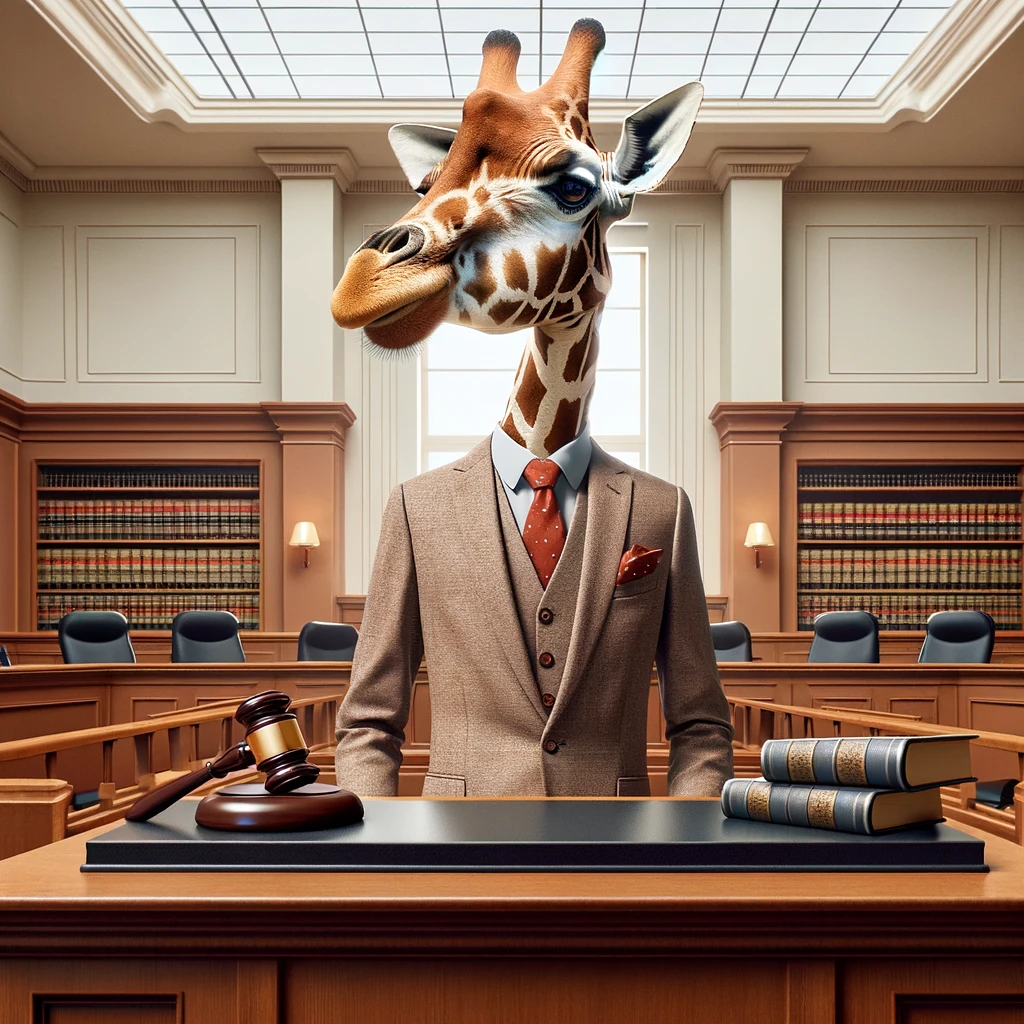Giraffes are one of the most popular and charismatic animals in zoos around the world. They are also one of the most vulnerable and threatened species in the wild, facing habitat loss, poaching, and disease. Therefore, it is important that zoos provide giraffes with adequate care and welfare, as well as contribute to their conservation and education.

However, not all zoos meet the legal standards for captive giraffe facilities, which vary from country to country and sometimes even within regions. We will review some of the main regulations and guidelines that apply to giraffe exhibits in different parts of the world, and highlight some of the best practices and challenges that zoos face when keeping giraffes.
The United States
In the United States, there is no federal law that specifically regulates the keeping of giraffes in zoos. However, zoos that exhibit giraffes must comply with the Animal Welfare Act (AWA), which sets minimum standards for the humane treatment of animals used for exhibition, research, or breeding. The AWA is enforced by the United States Department of Agriculture (USDA), which inspects zoos regularly and issues licenses and citations.
The AWA requires that zoos provide animals with adequate housing, nutrition, veterinary care, enrichment, and socialization. However, the AWA does not specify detailed requirements for giraffe exhibits, such as minimum enclosure size, substrate type, shelter design, or feeding height. Instead, it defers to the professional judgment of veterinarians and animal care experts.
Therefore, many zoos in the United States follow the recommendations of the Association of Zoos and Aquariums (AZA), which is a voluntary accreditation organization that sets higher standards than the AWA. The AZA has a Giraffe Care Manual that provides guidelines for giraffe husbandry, health, behavior, and welfare. The AZA also has a Giraffe Species Survival Plan (SSP), which is a cooperative breeding program that aims to maintain genetic diversity and demographic stability of giraffe populations in captivity.
According to the AZA Giraffe Care Manual, giraffe exhibits should have a minimum area of 930 square meters (10,000 square feet) per animal, with an additional 93 square meters (1,000 square feet) for each additional animal. The exhibit should also have a minimum height of 7 meters (23 feet) to allow giraffes to raise their heads fully. The exhibit should provide giraffes with natural or artificial shade, shelter from inclement weather, and access to indoor or outdoor holding areas. The exhibit should also have a variety of substrates, such as grass, sand, dirt, or rubber mats, to prevent foot problems and promote natural behaviors.
The exhibit should also offer giraffes multiple feeding stations at different heights and locations, to mimic their browsing habits and reduce competition. The diet should consist of fresh browse (such as acacia, willow, or mulberry), hay, pellets, fruits, and vegetables. The exhibit should also provide giraffes with fresh water at all times, preferably in elevated troughs or buckets.
The exhibit should also enrich giraffes’ physical and mental well-being by providing them with toys, puzzles, scents, sounds, or other stimuli that encourage exploration and play. The exhibit should also facilitate social interactions among giraffes and with other compatible species, such as zebras or antelopes. However, the exhibit should also allow giraffes to have privacy and avoid stress from excessive noise or human disturbance.
The European Union
The European Union (EU) has adopted a set of common rules for the protection and welfare of animals in zoos, which apply to all member states. These rules are based on the Council Directive 1999/22/EC on the keeping of wild animals in zoos, which aims to ensure that zoos contribute to the conservation of biodiversity, provide adequate care for the animals, and educate the public about wildlife and nature.
One of the most iconic and popular animals in zoos is the giraffe, which belongs to the family Giraffidae and has four subspecies: the southern giraffe, the northern giraffe, the reticulated giraffe, and the Masai giraffe. Giraffes are classified as vulnerable by the International Union for Conservation of Nature (IUCN), and face threats such as habitat loss, poaching, and disease in their natural range.
According to the EU directive, zoos must ensure that the animals they keep are provided with conditions that meet their biological and conservation requirements, taking into account their species, degree of adaptation or domestication, and environmental needs. For giraffes, this means that zoos must provide them with adequate space, food, water, shelter, social contact, enrichment, veterinary care, and protection from stress and harm.
The EU directive also requires zoos to implement measures for the conservation of biodiversity, such as participating in research, education, training, and breeding programs. Zoos must also cooperate with other zoos and conservation organizations to exchange information and expertise on giraffe management and conservation. Additionally, zoos must inform and educate the public about the characteristics, habitats, conservation status, and threats of giraffes, as well as the role of zoos in their protection.